Your car’s check engine light is flashing and you don’t know what to do. Not to worry, the solution is here. The check engine light remains a vital component of the on-board diagnostic (OBD) system of your car. Your car’s computer, electronic control module (ECM), operates the system.
In contemporary vehicles, the ECM plays a major role in controlling the main electronic and electrical system, scanning for issues as reported by various actuators and sensors.
For instance, your car’s sensor may discover a bad fuel injection, faulty fuel pump operation, misfire or any other circumstances that can alter the performance of your engine. Initially, the ECM will try to fix the problem or wait for the problem to fix itself. If this is not achievable, a diagnostic trouble code (DTC) will be stored by the OBD system in its memory. This will lead to check engine light blinking.
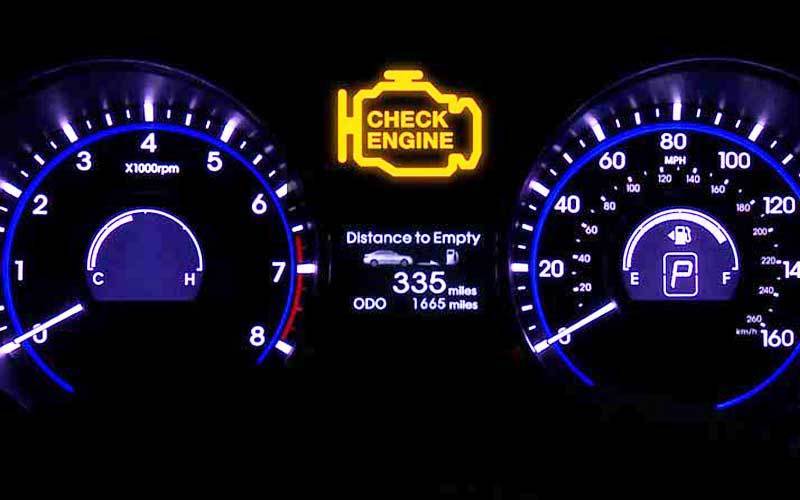
The trouble codes help you, as a car owner, to easily identify the actual problem with your automobile. The job of technicians has also been made easier since the possible component or system involved in the malfunction will be revealed. Through the use of appropriate tools, troubleshooting will be easier anytime your check engine light is flashing.
In this article, you will have the opportunity of discovering the type of complications that make the check engine light to come on, the meaning of flashing light, how to fetch trouble codes cached by the ECM and how to decipher the codes so that you will be able to fix the problem.
The Top 11 Check Engine Light Causes
Inspect these first:
- Broken wires
- Loose vacuum hoses
- Torn vacuum hoses
- Engine mechanical problems
- Loose electrical connections
- Leaked Oxygen Sensor (Concern Level # 06)
- Open gas Cap (Concern Level # 02)
- Leak in a Vacuum Hose (Concern Level # 07)
- Bad Spark Plug (Concern Level # 08)
- Bad Catalytic Converter (Concern Level # 10)
- Mass air flow sensor (Concern Level # 7)
What the Check Engine Light Does
Vehicles have been furnished with the second generation diagnostic system known as OBD-II since 1996. This is an improved version compared to the first generation system. In relation to the check engine light, the OBD system works by monitoring and controlling the magnitude of emission produced when your car is in operation.
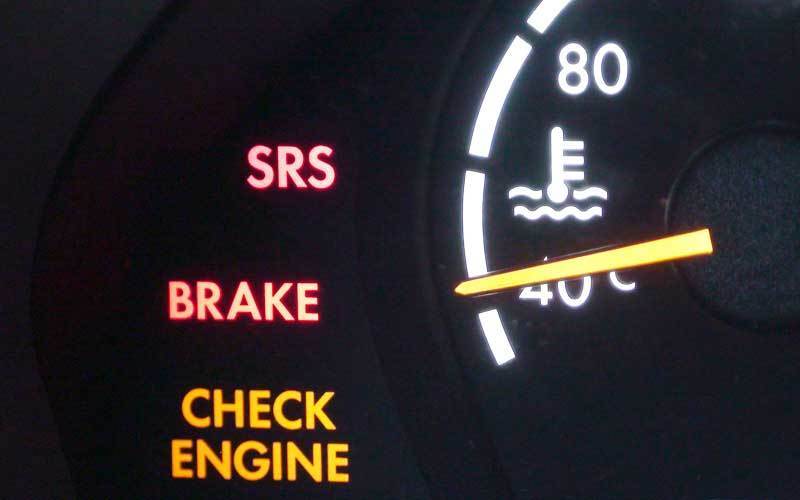
This is achieved through constant checking and correction of input values to proper systems through actuators and sensors including the following:
- Oxygen sensor
- Engine coolant sensor
- Air meter sensor
- Fuel injectors
- EGR solenoids
- Knock sensor
- Camshaft and crankshaft sensors
- Evaporative emissions (fuel vapors) sensor
- Canister purge solenoid
- Fuel pump
- Idle speed motor
- Idle air solenoid
When the ECM discovers any malfunctioning through these sensors and actuators, a DTC is set in the memory. This will lead to flashing light and it will give you the opportunity to know that there is a problem at hand.
Read Also: 7e8 Engine Code & Meaning
What a Flashing Check Engine Light Means
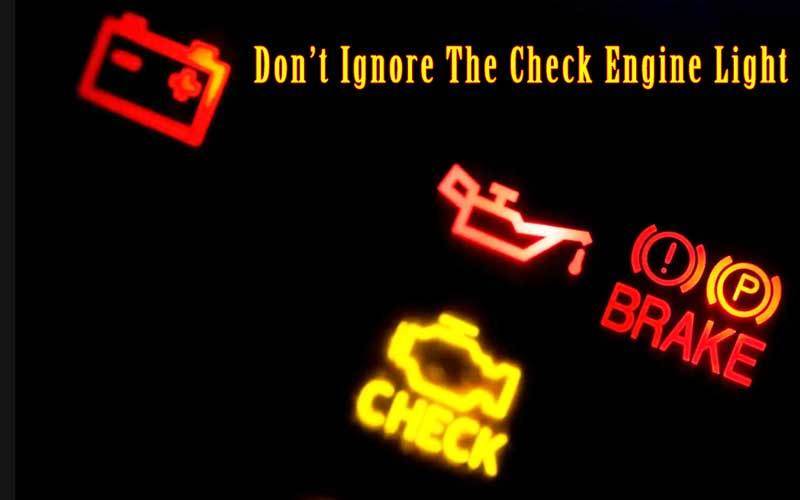
Intermittent
Intermittent flashing light is an indication that the problem appears and disappears. It can be seen when certain problems occur like driving on bumps which can make the loose connector to connect and disconnect intermittently.
Continuous Illumination
If the malfunctioning makes the light to show and stay lighted, it may be an indication that a serious failure is existing. For example, a failed or dirty mass air flow (MAF) sensor will not be in its usual operating parameters. This will make the check engine light to stay on until you get the sensor cleaned or replaced.
Continuous Flashing
Continuous flashing can be an indication that there is a critical problem on ground which can lead to a serious damage if not fixed. Typically, this is caused by a misfire which makes the fuel to enter the exhaust manifold which later finds its way into the catalytic converter leading to the ignition of the fuel through high temperature. If this problem is not fixed in time, it can destroy the catalytic converter as well as exhaust system.
Light flashing will be seen if the computer of your car discovers any of the following:
- Engine mechanical faults including worn parts
- Defective regulator, injector or fuel pump
- Fuel system issues
- Vacuum leak, gasket or hose problems
- Increased emissions
- Defective EGR valve, oxygen or EVAP sensor
- Electrical short in a controlled circuit
- Sensors or actuators sending poor signal to computer
- Electrical connection issues, corrosion, or broken wires
- Computer malfunction
Read to know: 7e9 Engine Code and Meaning
Check Engine Light Codes
When your car’s computer discovers a condition that is not normal, it will cache a DTC code and switch on the check engine light so that you will know that there is a problem at hand. For instance, if excessive oxygen is detected in the exhaust stream, the oxygen sensor will send the information to the ECM.
The ECM will the try to correct the situation through the injection of additional fuel into your engine. If your fuel injectors do not respond, this will be detected by the computer and a trouble code will be stored. This will eventually lead to the light to be automatically turned on.
The DTC codes have been standardized for vehicles manufactured in 1996 and beyond. This makes the generation of specific code to your car’s problem possible so that easy troubleshooting and fixing can be carried out.
The codes are made up of alphanumeric digits and their configuration starts with an alphabet which is followed by four numbers. Typically, a trouble code will look like this:

P0102
The first digit stands for code type and there are four of them available. “P” stands for powertrain, “U” for wiring network, “C” for chassis and “B” for body. The second digit can either be “1” or “0”. “1” stands for problems specific to your car make or model while “0” represents generic problems.
The third digit will reveal the system where the problem is detected. For example, a “1” is an indication that the problem came from the air and fuel metering system.
The nature and particular component or circuit associated with the problem is indicated by the last two digits. In the example given above, “02” means that the computer has discovered low input in the circuit known as mass air flow sensor.
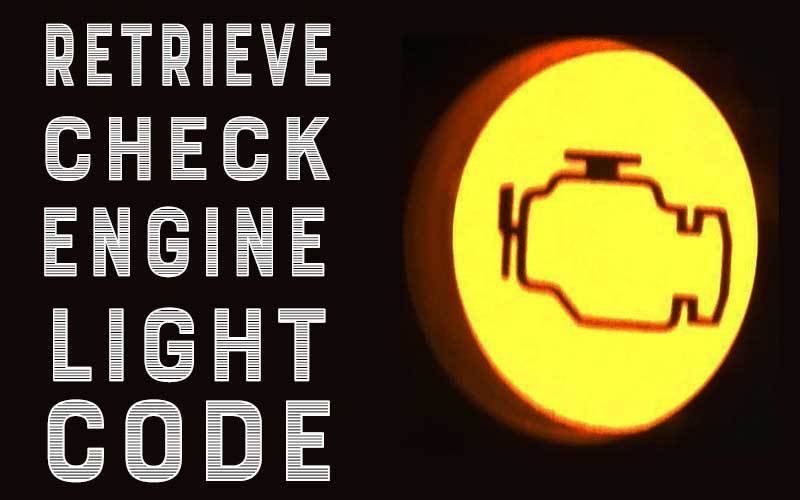
Retrieving Computer Codes
The trouble codes on your dash panel can be retrieved after the check engine light comes up. You can use a scan tool which is available at major auto part stores or online in various specifications. If you are having issues with the interpretation of the codes, some websites are dedicated to helping you in this regard.
On the other hand, if you don’t want to buy the scanner, you can check into your favorite auto parts store and they should be willing to offer the service for you. The scanner will be connected to the computer of your car so that error codes can be retrieved.
It is very important for you to note that when troubleshooting problems with your car, the computer in your car will only reveal the component or circuit associated with the problem. You will still have to go further in your investigation so that the problem can be permanently fixed.
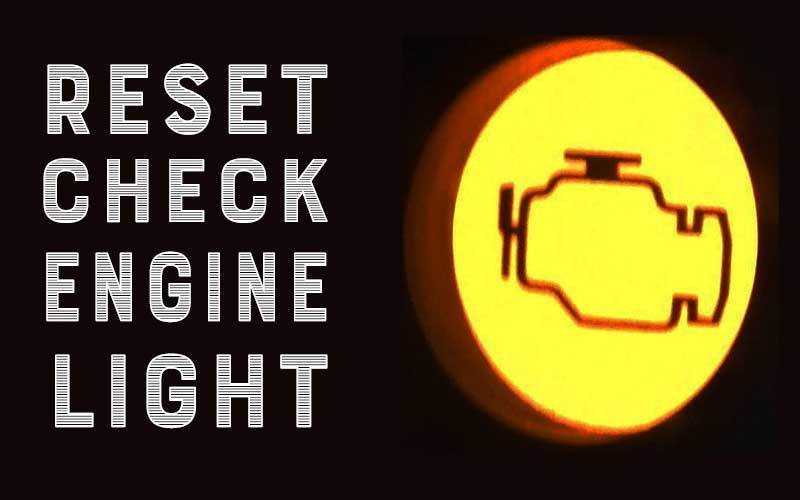
How to Reset the Check Engine Light
As soon as the fault is diagnosed and fixed, it is very essential for you to clear the codes from the memory of your car’s computer. On vehicles that are old models, you will have to uncouple the battery for some seconds so that the codes can be cleared from the memory. If you remove the battery of newer vehicle models, you may erase the system adjustments of the computer.
When the battery of certain OBD-II systems is disconnected, it may take days or even weeks for the vehicle’s computer to relearn the inputs of the sensors. It may also take time before the computer can adapt output parameters so that a driving strategy can be configured for an improved engine performance. In addition, your alarm and radio settings will be erased.
Anytime there is a check engine light on your dashboard, it is very important for you to investigate the cause of the problem. Self-diagnostic systems are becoming more exceptional with advanced features that do not only perform the usual monitoring operations. State-of-the-art OBD systems will not only communicate system errors, but will also help in checking the efficiency of a system as well as its components.
The computer will give you the opportunity to know the time that these components will probably fail. This will go a long way in helping you to save some money which would have been used to fix a major problem. The flashing signal produced by the OBD system is an indication that there is a problem somewhere to be fixed and the earlier you fix it, the better for you.
On A Final Note
When your vehicle’s check engine light is flashing, you need to take an urgent step to discover the problem. This will make it easier for you to fix the problem before it becomes more complicated. A complicated problem will cost you more money to fix. But, if you can solve the problem with your car in good time, you will have the opportunity of getting the best from it.


2015 Kia Soul 1.6 L. Engine light on for some time (3 weeks). No change in car performance during that period. Light went out by itself. After 2 more weeks Engine light was flashing for a few seconds and disappeared. Because the initial engine light was never reset does the computer store the fail event and later become a flashing light?